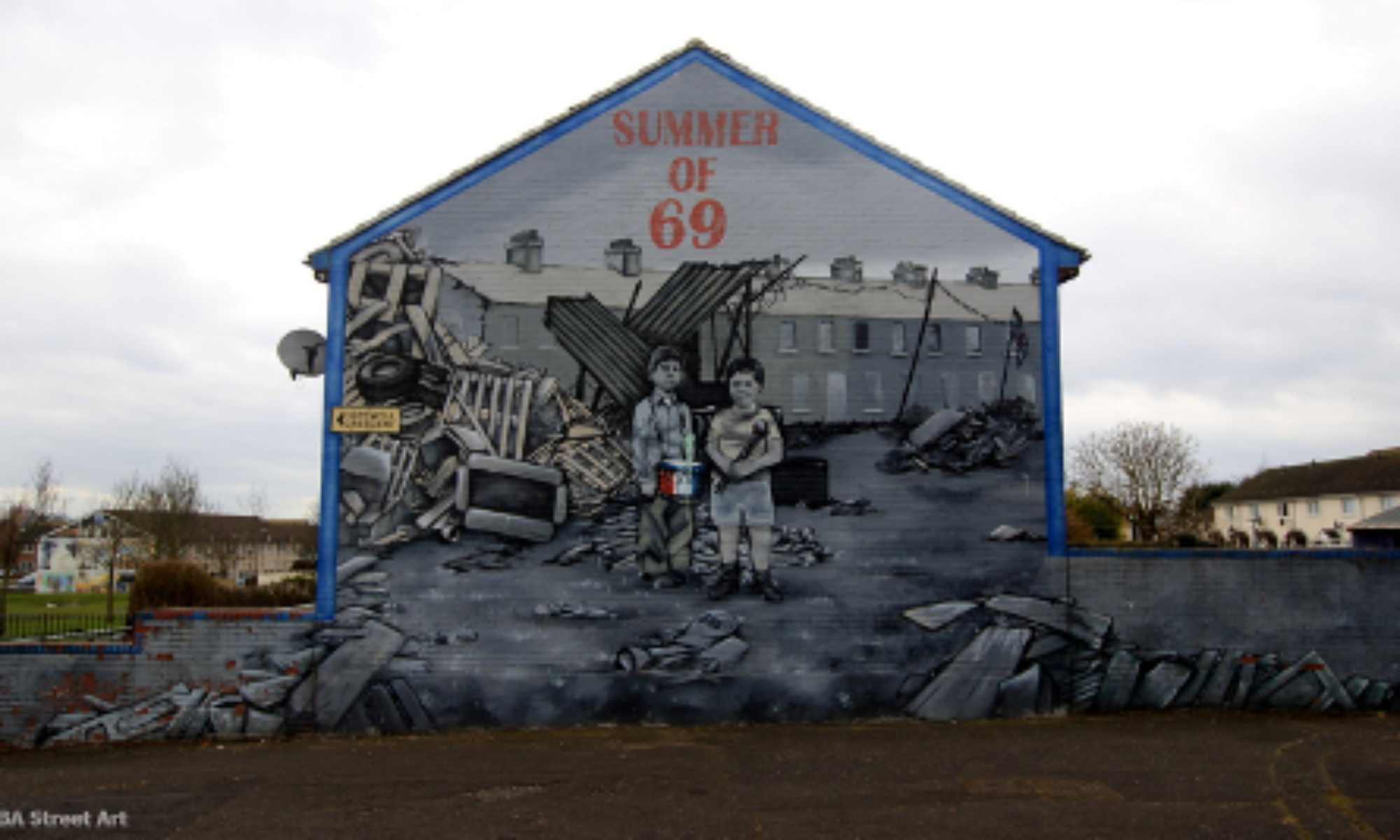The following is part of my essay, in which I argue that Hayden, through his memoir, argues that the court is inherently biased. Let me know what you think!
Hayden’s memoir as well as Sossi and Condon’s play allows the reader to have insight into the inherent biases of the United States judiciary, although Hayden’s memoir contains bias as well. The Chicago Eight trial itself was inherently biased, the outcome seemingly predetermined. Even before the trial started, the political left held little faith in the government. Hayden refers to Johnson with the phrase “sitting as a lame duck president” (Hayden et al 151). Further, leading up to the trial, the ability to obtain a permit was severely hindered by the government. Hayden describes the extensive measures taken to obtain the permit, yet the government went so far as to lie about the reasoning behind not issuing a permit. In a meeting with Deputy Mayor Stahl, the Parks and Sanitation Department and police forces were blamed for the permit, despite the fact that Hayden and Stahl were aware that Mayor Daley made those decisions (161). As Hayden describes his attempts to obtain a permit, the tone of the writing is hopeless and dark. Hayden had a right to be frustrated; despite his many attempts to legally protest, higher governmental powers refused his wishes. During the trial, there are a multitude of examples of biased interactions against the defendants. Further, the Judge himself repeatedly mispronounces the names of the defendants and Mr. Weinglass, one of the defense lawyers (41, 68, 97). Of course, an initial mispronunciation could be viewed as a mistake, but the action was repeated so frequently throughout the trial that it appeared to be intentional. The purposeful mispronunciation of a name has the goal of making another person feel inferior. Judge Hoffman, through these repeated “mistakes”, was passively showing his disdain for the defendants. Stu Ball, a defense lawyer, also experienced at length the partiality of the court. Ball was forced to temporarily give up documents with information related to the case. Clearly, this event was a “flagrant breach” of security that definitely warranted the requested mistrial (57). The Judge immediately denied the motion and did not mention the events for the remainder of the trial. Ball was also permanently dismissed from the court based on the accusation that he had laughed, despite the fact that multiple of the defendants, Hayden included, admitted to laughing (84). The Judge took advantage of the situation and further inconvenienced the defense. There was now one less lawyer on the defendant’s side, one less person to combat the systematic prejudice of the court system. A judge should be seen as impartial and above reproach, yet Judge Hoffman acts in a completely different manner. The actions of Judge Hoffman, such as the mispronunciation of names and removal of Stu Ball, caused Hayden to describe the atmosphere of the courtroom as containing “dreary oppressiveness” (218). The dejected tone in this statement allows the audience insight into how exhausting the trial was. The binding and gagging of Bobby Seale began the transformation in Hayden and also clearly shows the bias of the court. Seale’s lawyer was not able to attend the trial due to surgery, and Seale wished to defend himself. The Judge, however, would not permit Seal to speak (33-34). After multiple attempts at exercising his constitutional rights to defend himself, the Judge ordered Seale bound and gagged (65). The Judge was easily able to deny the only African American on trial his right to free speech. Clearly, something about the governmental court system was wrong and needed fixing. This cruelty of the court is a prime example of what Hayden knew he should protest against, evidenced from his distraught mindset after seeing Seale gagged in the courtroom analyzed above.
